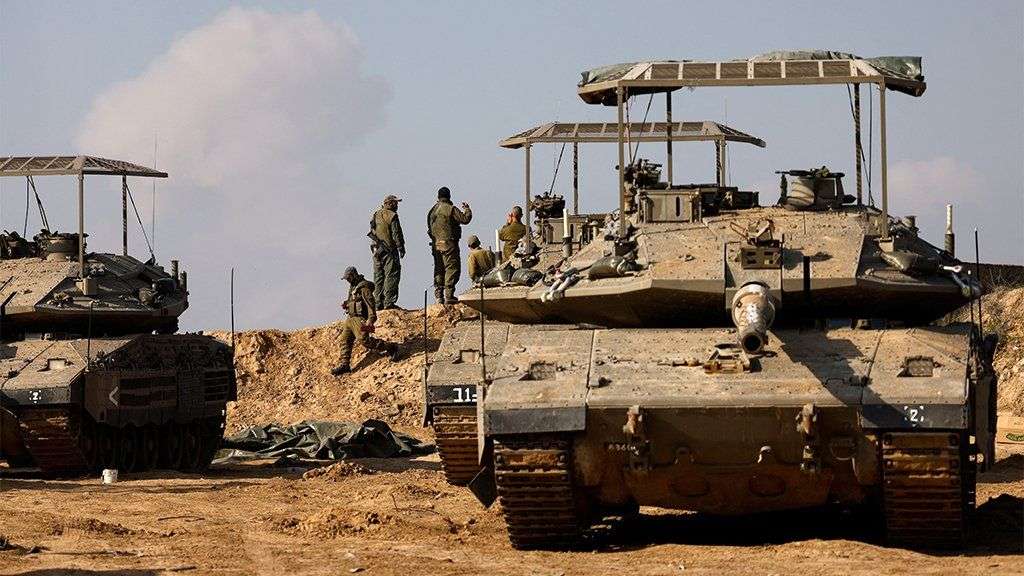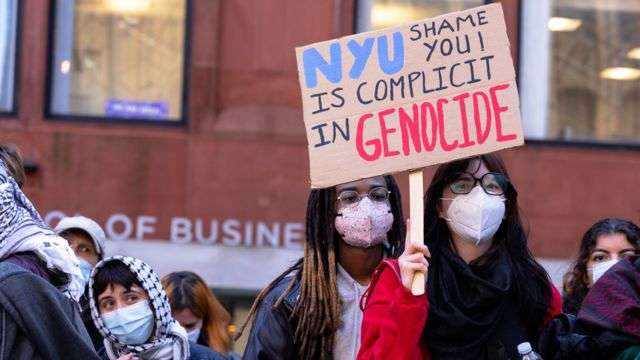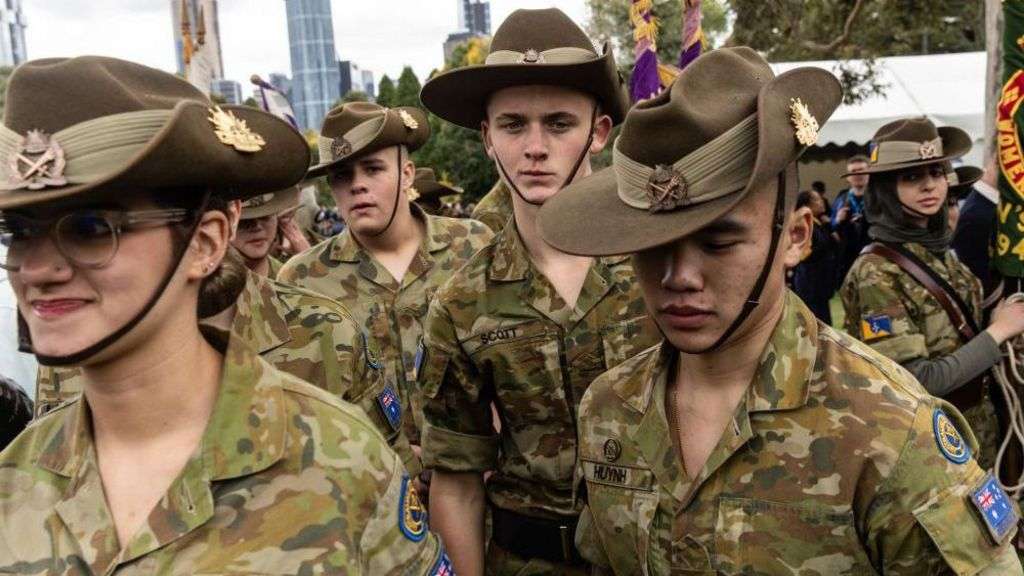In the end it was a diplomatic achievement that the ceasefire lasted as long as it did. Now, after a seven-day pause, Israel and Hamas are facing their greatest military and political challenges.
For Hamas, it is the fight to survive. As long as a Hamas gunman can pull a trigger or launch a rocket into Israel it will claim to be undefeated.
For all its overwhelming military power, Israel's task is more complicated.
Its Prime Minister Benjamin Netanyahu swore "mighty vengeance" after Hamas breached the border and killed around 1,200 people, mostly Israeli civilians, on 7 October.
In the first hours after the Israeli military went back on the offensive, the government recommitted itself to its war aims in a WhatsApp post: "Releasing the hostages, eliminating Hamas and ensuring that Gaza never again constitutes a threat to the residents of Israel."
How it does that and what happens next are now the number one preoccupations of Mr Netanyahu, his political allies and enemies in Israel and Antony Blinken, the US secretary of state who has made four trips to Israel and the region since the war started.
Perhaps Mr Blinken knew that his attempt to prolong what he called the "humanitarian pause" would fail.
On the evening before the fighting resumed, he repeated America's support for Israel's right to defend itself, and once again condemned Hamas.
Mr Blinken repeated his insistence "that Israel act in accordance with international humanitarian law and the laws of war, even when confronting a terrorist group that respects neither".
Then Mr Blinken made his starkest public statement yet about how Israel should fight the war.
It is worth quoting at length, because it is a checklist of what the US expects from its closest ally.
Mr Blinken said that it meant "taking more effective steps to protect the lives of civilians, including by clearly and precisely designating areas and places in southern and central Gaza where they can be safe and out of the line of fire".
"It means avoiding further significant displacement of civilians inside of Gaza. It means avoiding damage to life-critical infrastructure, like hospitals, like power stations, like water facilities."
"And it means giving civilians who've been displaced to southern Gaza the choice to return to the north as soon as conditions permit. There must be no enduring internal displacement."
At the beginning of the war Joe Biden, the US president, came here. While trying to wrap Israel in a warm and powerful embrace he also warned his allies not to be blinded by rage as they sought justice, as America had been after the al-Qaeda attacks of 11 September, 2001.
Mr Blinken's remarks suggest Joe Biden believes that Mr Netanyahu, with whom he has had a difficult relationship, did not listen.
Israel's war aims require that the next phase of its offensive is aimed at Hamas in southern Gaza. When it invaded northern Gaza, it ordered Palestinian civilians to head to the south for their own safety.
While not as lethal as the north, much of which Israel has turned into a wasteland, nowhere in Gaza is safe.
A few hours after hostilities resumed, Palestinians in Rafah, in the far south of Gaza on the border with Egypt, were being killed in Israeli air strikes.
Israel cannot claim to have eliminated Hamas without destroying its infrastructure in the south, where it believes Yahya Sinwar and the other leaders are lying low in tunnels under the civilian population, along with an unspecified number of fighting men.
If Israel is going to use the same tactics as it did in northern Gaza, thousands more civilians will be killed. Antonio Guterres, the UN secretary-general, already calls the plight of the people of Gaza "an epic humanitarian catastrophe".
Egypt, and others, fear that extreme military pressure on approaching two million civilians in the south could mean thousands of desperate people forcing their way over the border into the Sinai Desert. A new Palestinian refugee crisis would be another dangerous and desperate moment for the Middle East.
Let us assume that Israel has promised the US that Palestinian civilians will be told to move to specific areas where they will be safe. In a high-intensity war of the kind that Israel has been waging, with tanks, air strikes and heavy artillery, it is far easier to see how that plan might go wrong, rather than how it might succeed.
If Israel shifts to lighter counter-insurgency tactics, with troops moving without a blanket of heavy protection, it will most likely suffer many more battle casualties than it has so far.
Israel's next moves are also a significant moment for Joe Biden, who is facing strident criticism of his support for Israel from the progressive wing of his own Democratic party.
Biden's chief diplomat, Antony Blinken, has spoken clearly, in public, about the way the US wants Israel to fight Hamas. If Israel kills anything like as many Palestinian civilians as it did in the north, in defiance of the stated will of Joe Biden, the US president will have to decide whether he can continue to give Israel so much support, not just on the battlefield but also in the United Nations Security Council, where the US has used its veto many times to protect Israel.
Hamas is not beaten. Its remaining hostages give it a powerful lever that it can use to disrupt Israel's military campaign, and to inflict more psychological pressure on the home front. The Hamas leader Yahiya Sinwar and his men will also try to exploit opportunities that open up if and when Israel's generals follow American instructions to use less firepower.
This war is in a new phase. So is the whole region. Many Palestinians and Israelis, including those far from the battles in Gaza, seem beaten down by the weight of a dangerous and uncertain future.








